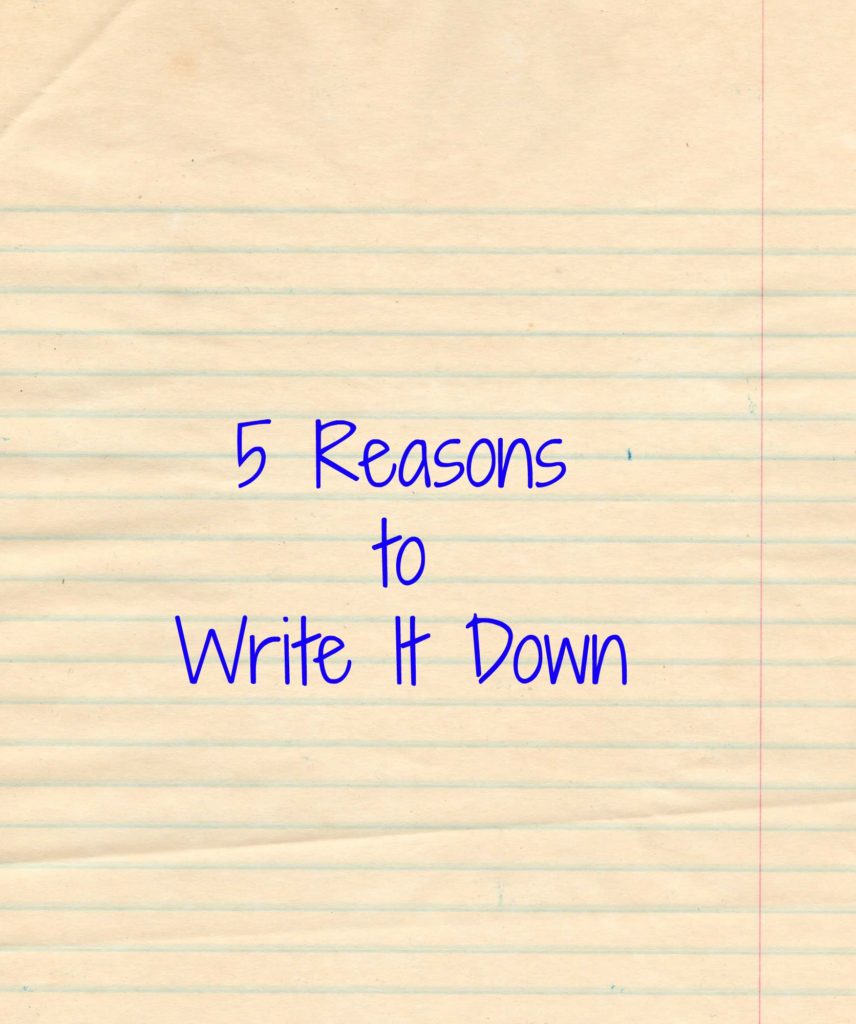
#Write down vs writedown full#
Sometimes, full inventory write-off may also be necessary.ĬlearTax offers taxation & financial solutions to individuals, businesses, organizations & chartered accountants These goods lose value with time if they remain unsold as latest models keep entering the market every other day. In this case, the stock of inventory can become damaged or obsolete.Ĭonsider the example of an automobile and electronic gadgets' inventory.

Write-downs are commonly seen in businesses that sell or manufacture goods. PP&E may become damaged or obsolete over time, or the price of properties may have fallen far below the historical cost. During a financial crisis, the market value of assets drops on the balance sheets, forcing the financial institutions to raise capital in order to meet the minimum capital criterion.Ī company's accounts receivable, goodwill, inventory, and other long-term assets, such as property, plant, and equipment (PP&E) are the accounts that must be written down. Write-downs can create a huge impact on the net income and balance sheet of a company.

If the asset is held for sale, the write-down must include the expected cost of the sale. The book value of the asset minus the cash obtainable by disposing of it in an optimal way equates to the amount to be written down.Ī write-down is the opposite of a write-up it transforms in a write-up when the value of the asset becomes worthless and eliminated from the account completely. In accounting, write-down describes the reduction in the book value of an asset when the asset's fair market value (FMV) has dropped below the carrying book value it becomes an impaired asset.


 0 kommentar(er)
0 kommentar(er)
